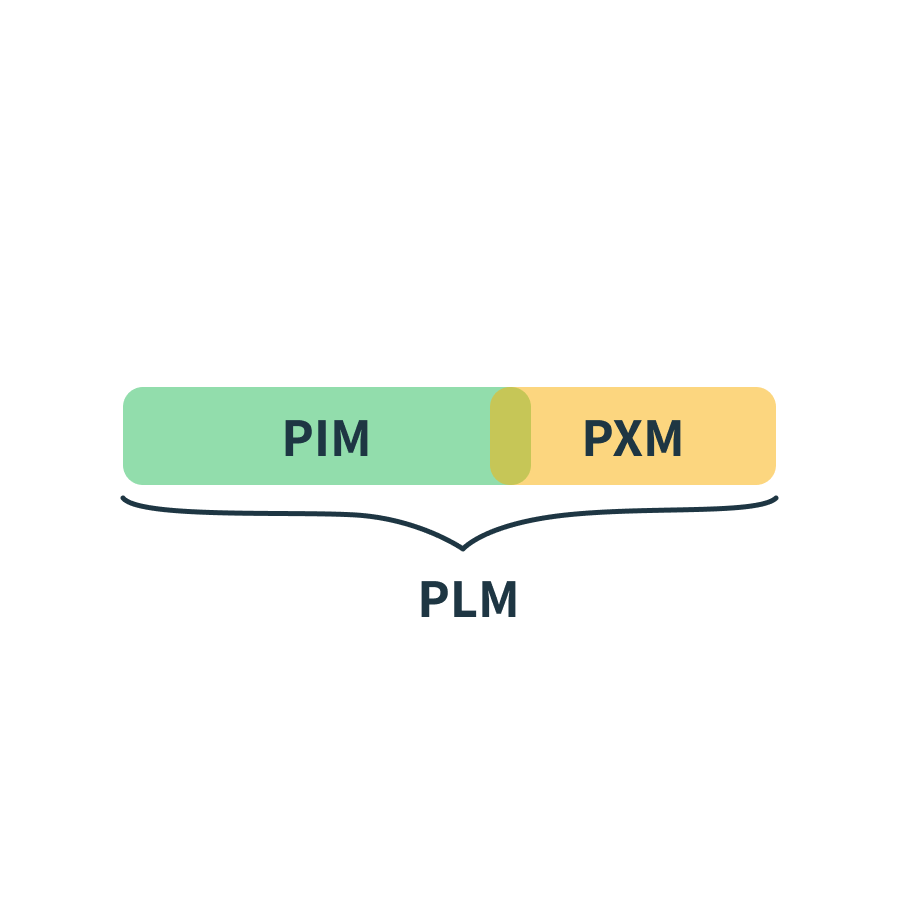Why do we talk about Product Experience Management?
Product Experience Management (PXM) is a relatively new concept that acts as the link between the data efforts invested in PIM (Product Information Management) and the experience presented in a given channel.
The best data and the most well-configured PIM solution alone are not enough to ensure the best user experience. Conversely, the most attractive webshop is not sufficient if your data lacks the necessary quality.
When we take a PXM perspective on our businesses, we look at the whole experience we offer from a cross-disciplinary viewpoint, encompassing both the hard, concrete data we present and the more subjective and experiential context in which we showcase it.
With PXM, we ensure that the data we work hard to provide for our customers and partners actually serves a purpose in the user journey we offer, while simultaneously tweaking and tuning the experience we deliver to the customer.
Want to talk data?
If you’re interested in hearing our ideas on how data can help your business execute, grow, and scale, we’re ready for a no-obligation conversation.

How does PXM differ from PIM?
While PIM primarily focuses on managing and distributing product data, PXM focuses on the overall product experience by:
- Adapting product data to the contexts in which it is presented (markets and target groups)
- Optimizing product presentation based on the channel’s capabilities
- Enhancing the customer experience by adding quality content (e.g., media or storytelling)
- Strengthening personalization of the experience (e.g., through AI and automation)
The difference between PXM, PIM, and PLM (Product Lifecycle Management) is that with PXM, we look more at optimizing the finished product, while with PIM and PLM, the focus is on establishing the foundation for the data and processes that initially create the experience.
In other words, one can say that at the conclusion of a PIM implementation, we begin to adopt a PXM focus, continuously evaluating whether the product experience presented by the PIM system meets both our own and our customers’ expectations.

Good product data helps you present the information and services your customers demand
When we talk about "experiences" (or simply "experiences"), we necessarily have to include the user’s needs and intentions in the equation.
In a digital context, we are fortunate to be able to track user behavior across touchpoints/channels. If we want a broader perspective, reports from industry associations such as Dansk Erhverv can help us understand what customers consider to be "the good experience."
One parameter that most users appreciate is, for example, convenience.
For a customer
who is searching for a bottle of good wine, convenience could be, for example, that the wine webshop indicates which types of food the wine pairs well with.
For the wine wholesaler
it could therefore be good PXM to add data about which types of food the wine pairs with to the products in the PIM system, and then present this data in a clear and elegant format, so the user quickly strengthens their decision-making basis.
